Biochemistry
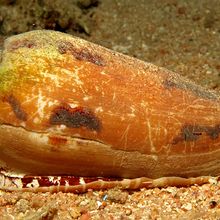
A Sea Snail Toxin Could Inspire New Diabetes Drugs
Laura Tran, PhD | Nov 14, 2024 | 5 min read
Sea snails stun their prey with toxins that mimic glucose-regulating hormones.
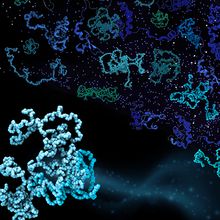
How Stem Cells Stay Young
Rohini Subrahmanyam, PhD | Nov 13, 2024 | 4 min read
Bone marrow stem cells defy typical aging, and it may be because they express the right proteins.

How Can Fungi Address the Global Food Waste Problem?
Danielle Gerhard, PhD | Nov 12, 2024 | 8 min read
Scientists are reimagining the food system, turning to fungal fermentation as a sustainable method for transforming food byproducts into tasty treats.
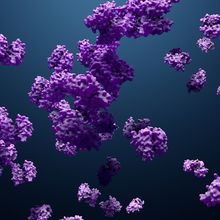
Exploring the Proteome in Search of New Biomarkers
SomaLogic | Nov 7, 2024 | 1 min read
Discover how a precise, high-throughput proteomics assay enables researchers to uncover previously unidentified biomarkers.
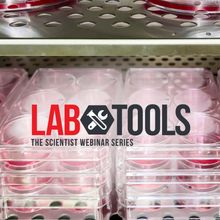
Optimizing Stem Cell Media for Cultivated Meat Production
The Scientist Staff | Nov 5, 2024 | 1 min read
In this webinar, Alex Rimmer, Samuel East, and Catriona Jamieson will discuss how they developed low-cost, animal-free culture media for cellular agriculture.

Using High-plex Protein Profiling to Discover Links Between Genes and Disease
SomaLogic | Nov 4, 2024 | 1 min read
Protein characterization can help scientists better understand how molecular events influence health and disease and identify causal factors for disease states.

Next-Generation PCR Instruments Boost Workflows
The Scientist Staff | Nov 1, 2024 | 2 min read
Modern, intuitive, and reliable thermal cyclers excel at optimizing sequencing, cloning, and genotyping throughput.

OHAUS Announces the launch of Next Generation of Guardian™ 5000 Series Hotplate Stirrers
OHAUS | Oct 30, 2024 | 1 min read
The Guardian 5000 Series Hotplate Stirrers represent a significant advancement in laboratory equipment, combining cutting-edge technology with unparalleled safety features. As the next generation of Guardian stirrers, these models offer exceptional performance and reliability for a wide range of applications.

A Decade of Discovery: Publications on Nobel-Worthy Chemistry
ACS Publications | Oct 29, 2024 | 1 min read
Peer-reviewed ACS eBooks feature discoveries by the world’s leading scientists across all disciplines and applications.
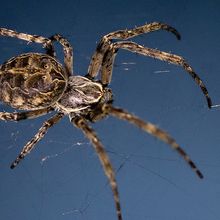
Unraveling the Web of Proteins in Spider Silk
Kamal Nahas, PhD | Oct 29, 2024 | 4 min read
Compartmentalized protein expression in the spider silk gland provides clues to spinning more sustainable materials.

A Novel Polymerase Reduces Stutter in Forensic DNA Analysis
Laura Tran, PhD | Oct 28, 2024 | 4 min read
A breakthrough enzyme aims to resolve a persistent DNA artifact that has challenged forensic analysis for decades.
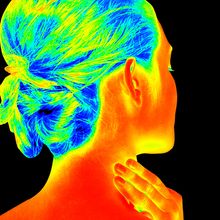
Newly Found Fat Cell Uses a Different Approach to Heat the Body
Kamal Nahas, PhD | Oct 25, 2024 | 4 min read
Single-cell sequencing unpacked 10 varieties of fat cells, including one that uses an alternative heat-regulating strategy that protects against weight gain.

Stay on Target: Overcoming Challenges in Precision Drug Delivery
The Scientist and Taconic | Oct 24, 2024 | 1 min read
Explore how on-target precision therapies improve patient outcomes and drug tolerability.
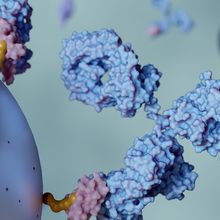
A New Approach Improves Signal Detection in Mass Cytometry
Shelby Bradford, PhD | Oct 24, 2024 | 3 min read
A team of researchers developed a technique, ACE, to improve the ability to study low-abundance proteins using mass cytometry.

The Driving Factors Shaping the In Focus Series
The Scientist and ACS Publications | Oct 23, 2024 | 4 min read
Sara Tenney talks about how ACS creates digital primers to bridge the gap between undergraduate-level depth and scholarly articles.

Smelling Illness: Volatile Organic Compounds as Neurological Disease Biomarkers
The Scientist | Oct 23, 2024 | 1 min read
Scientists advance Parkinson’s disease biomarker research one sniff at a time.
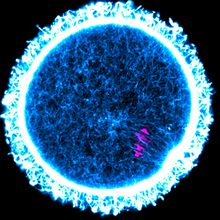
Ovarian Proteins That Last a Lifetime Help Maintain Egg Cells for Years
Sneha Khedkar | Oct 18, 2024 | 4 min read
Long-lived proteins in the mouse ovary may help preserve fertility well into adulthood, providing insights into ovarian aging.
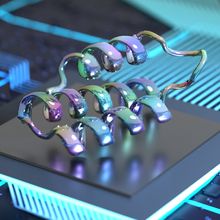
The Journey to a Nobel Prize: A Protein Design and Structure Research Timeline
Meenakshi Prabhune, PhD | Oct 17, 2024 | 6 min read
About 50 years ago, biologists set out to solve the protein-folding problem. The road to the Nobel victory has been arduous but full of small wins along the way.

DeNovix Releases New Eight Channel Spectrophotometer
DeNovix Inc. | Oct 17, 2024 | 1 min read
The DS-8X is designed to equip labs with higher throughput, high performance, full spectrum 1 µL UV-Vis measurements (190 - 840 nm) for DNA, RNA and protein quantification.
